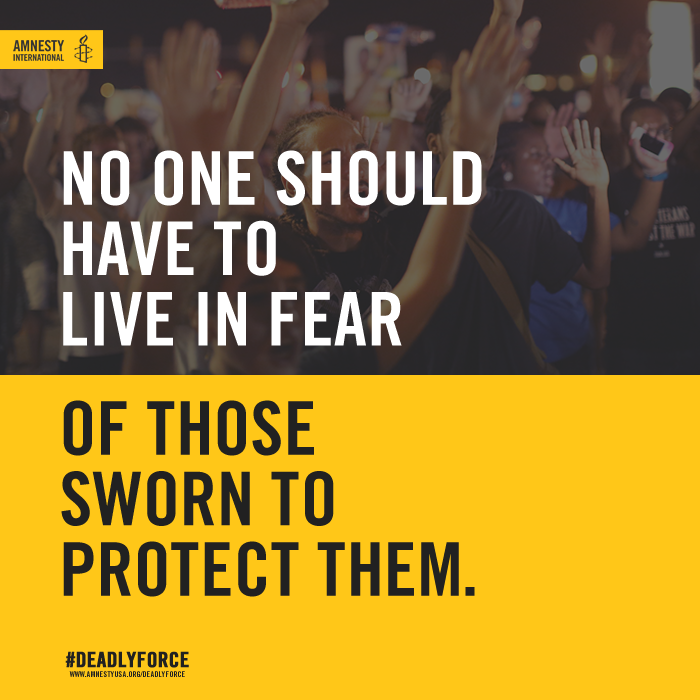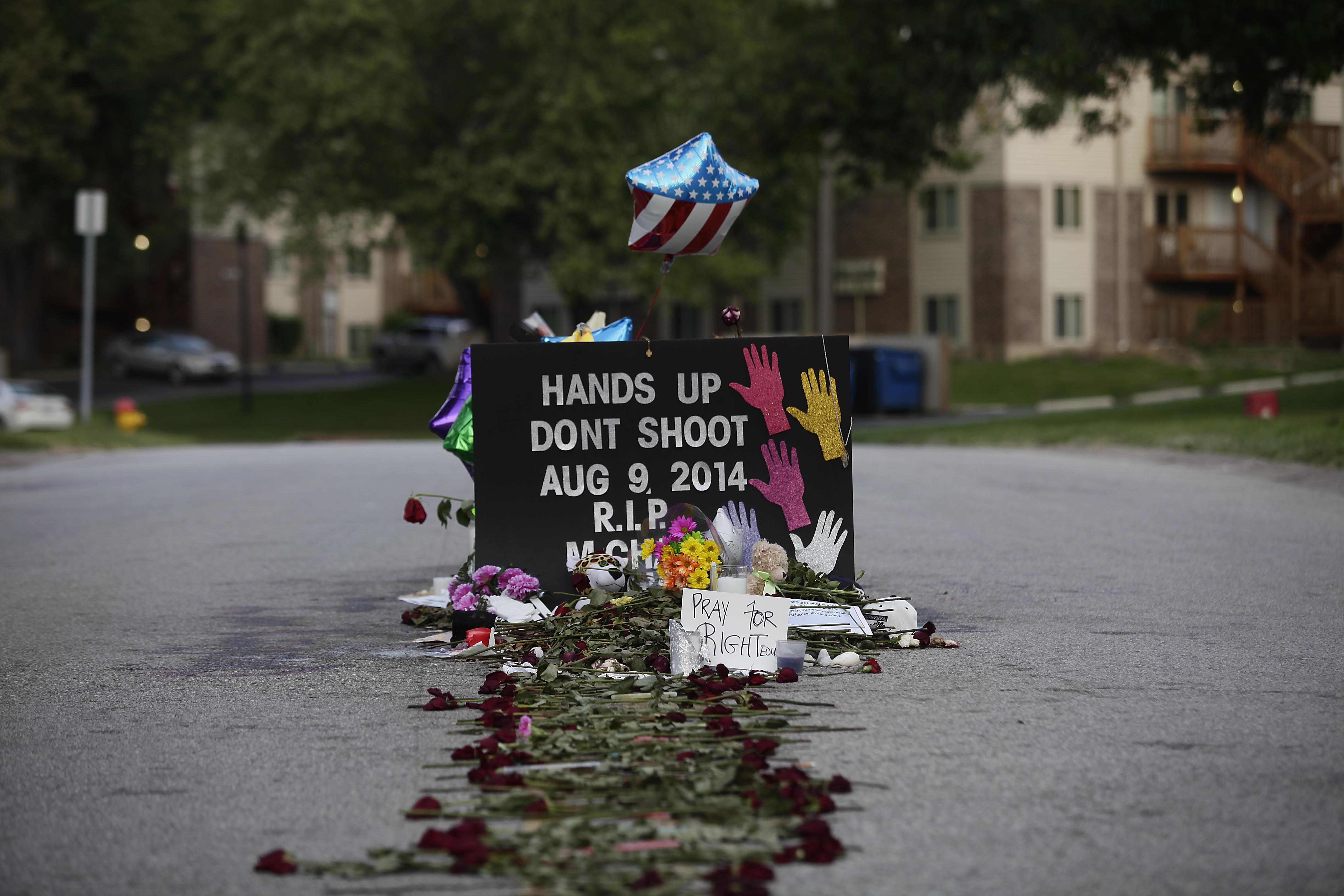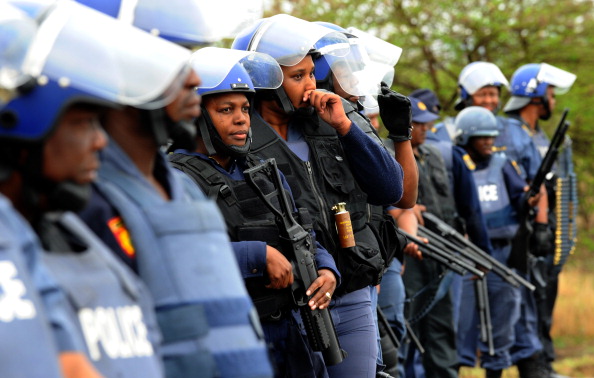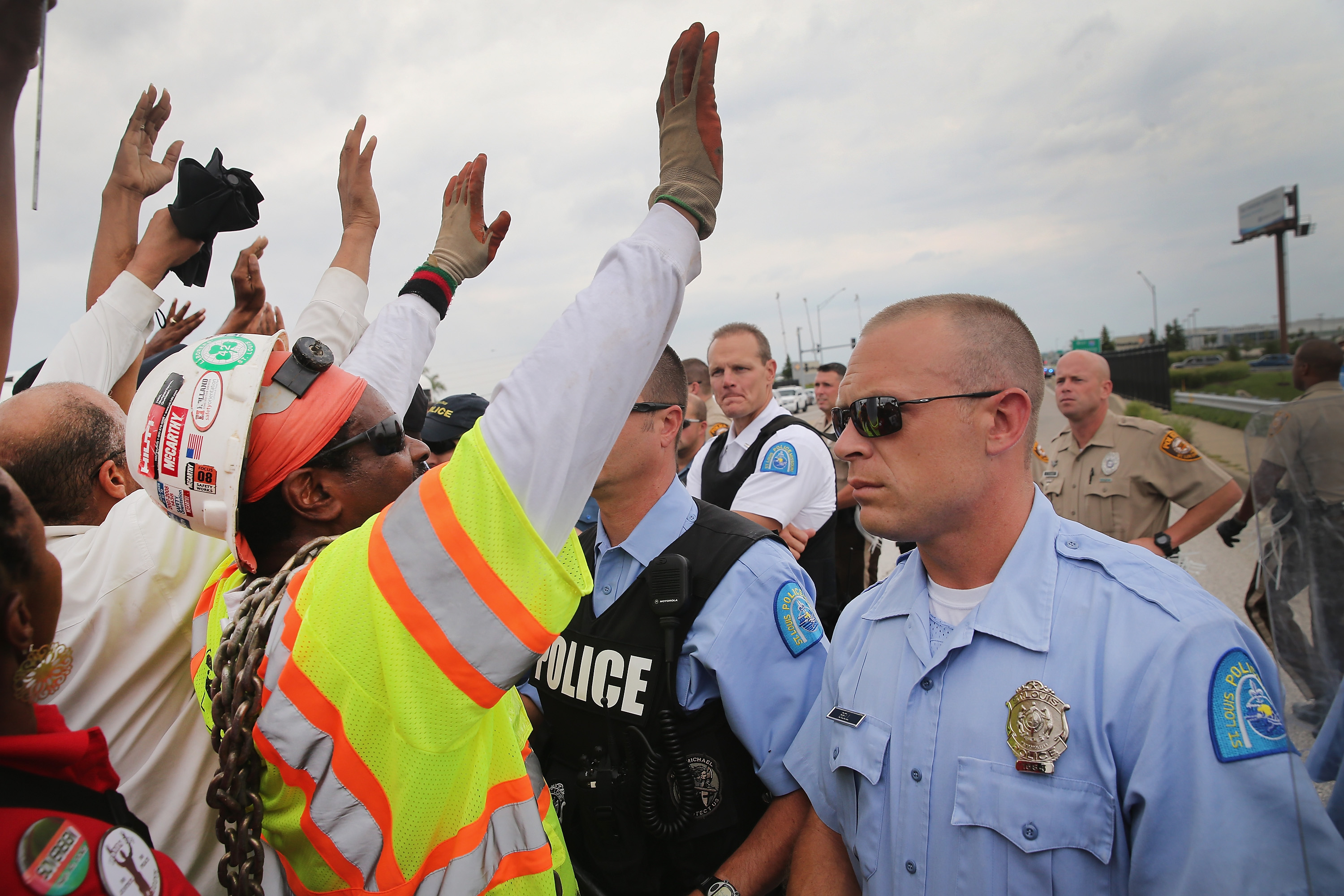
As we tick past the one-year anniversary of Mike Brown’s death, we find ourselves in the midst of yet another state of emergency in St. Louis, protestors again lining the streets of West Florissant Avenue, and seemingly a new name added every day to the list of people -mostly people of color- killed at the hands of police.
I’m seeing this all from a room in St. Louis, and I can’t help but wonder: Why am I here? Has progress been made or is history repeating itself? SEE THE REST OF THIS POST






 By Zack Michaelson
By Zack Michaelson
